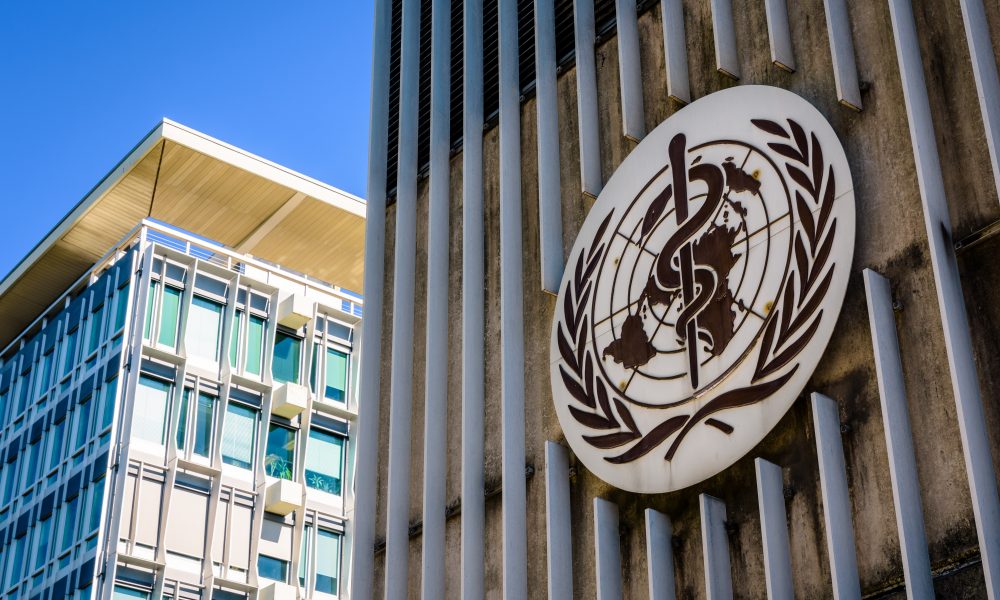
A new report backed by the World Health Organisation (WHO) has outlined how using digital health solutions to tackle the growing burden of noncommunicable diseases (NCDs) could reduce healthcare costs by US$199bn over the next 10 years.
The report, developed jointly between the WHO and the International Telecommunication Union, outlines a systematic approach to implementing evidence-based digital health interventions for NCDs, including telemedicine, mobile health applications and health chatbots.
It emphasises the importance of expanding access to digital tools and infrastructure to ensure equitable access to quality health services.
Its findings show that an annual investment of less than US$0.67 per patient could save more than two million lives globally and reduce healthcare costs by US$199 billion over the next decade.
However, to fully harness the potential of digital health, the report highlights the need to build equitable, affordable and reliable digital services, particularly in a world where one-third of the population remains offline.
The report cites the example of Indonesia, where focus in recent years has been on standardising and integrating key applications for monitoring and surveillance of NCDs. The report can be read here.
Meanwhile, the WHO has launched a new tool to help healthcare systems around the world implement telemedicine services.
The ‘Support tool to strengthen telemedicine‘ is designed asa guide to assist healthcare systems around the world in the design, development, implementation and assessment of telemedicine services.
Its aim is to help leaders and decision-makers in the health sector, as well as other interested parties, define the most appropriate strategy for their situation for implementing telemedicine services, identifying the changes, resources and infrastructure needed, and monitoring and assessing the services after they have been implemented.
It was developed by researchers at the Universitat Oberta de Catalunya (UOC) as part of its work as a WHO Collaborating Centre in eHealth between 2018 and 2024.
According to a recent WHO report for the Europe Region, 78 per cent of member states include telemedicine in their health policies; but this type of healthcare is deployed unevenly, and one of the main challenges is the lack of guides to support its implementation.
Francesc Saigí, a member of the faculty of health sciences at the UOC, says: “The tool is ideal for countries seeking to integrate telemedicine into their digital health strategy in order to ensure equitable access to health services. It’s also useful for healthcare networks, as it helps to coordinate services between different levels, enhancing their continuity and efficiency.”
Although developed within the framework of the WHO Europe region, its design means it can be used in and adapted to a wide variety of contexts, in other regions of the world.
According to the WHO it provides a common framework that can be adapted to different social and economic circumstances.
One of the main challenges in the implementation of telemedicine services in general is resistance to organisational change, Saigí explains.
“The adoption of new processes and technologies may encounter opposition from healthcare professionals, which is why it’s important to involve them from the beginning, from the design and implementation phase, which is what the tool promotes.”



